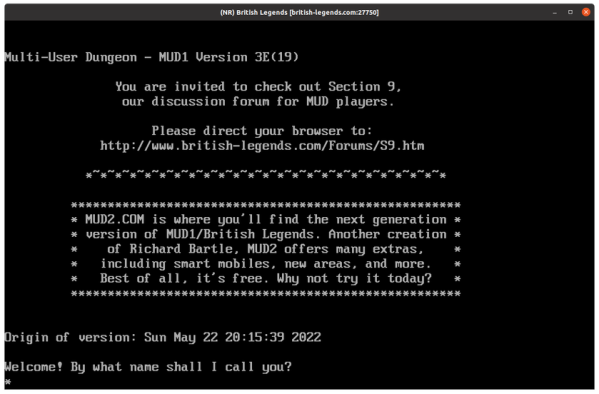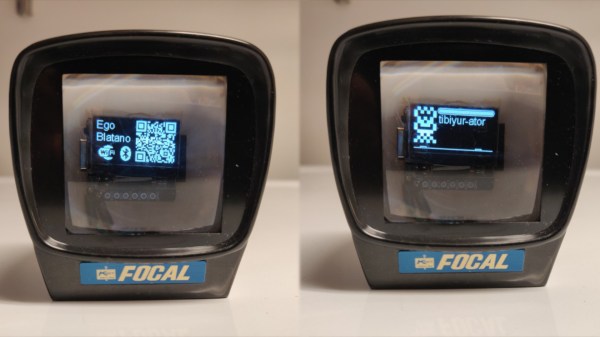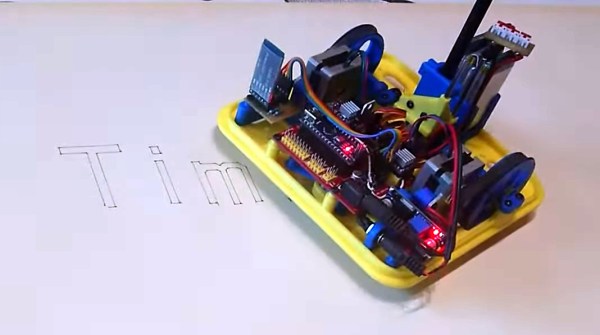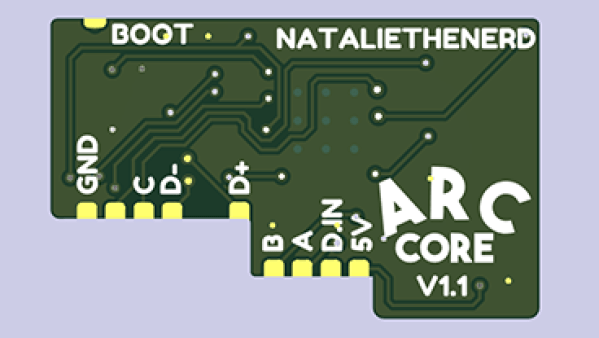There are those among us who might bristle at something from the early 1980s qualifying for “Retrotechtacular” coverage, but it’s been more than 40 years since the California Department of Transportation’s truck-mounted attenuators crash testing efforts, so we guess it is what it is.
If you’re worried that you have no idea what a “truck-mounted attenuator” might be, relax — you’ve probably seen these devices attached to the backs of trucks in highway work zones. They generally look like large boxes attached to frames at the rear of the truck which are intended to soften the blow should a car somehow not see the giant orange truck covered with flashing lights and drive into the rear of it at highway speeds. Truck-mounted attenuators are common today, but back in 1982 when this film was produced, the idea was still novel enough to justify crash-testing potential designs.
Continue reading “Retrotechtacular: Crash Testing Truck Attenuators, For Science”


















